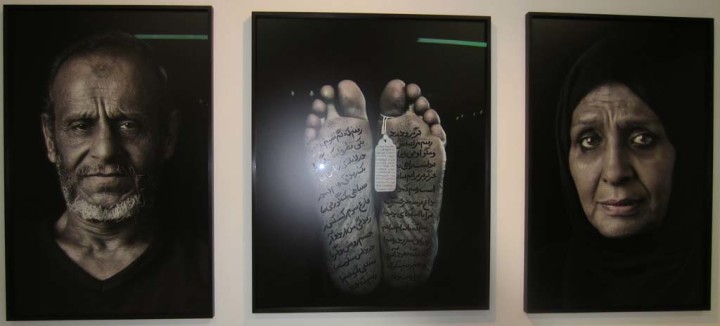I think I might keep revising this over a few days because the ideas aren’t simple to me. “Tache,” is the painterly term for the mark of the brush on a surface. For a long time, it was out of fashion to leave any trace of the artists’ presence so there were no marks. Then we went into an era of deskilling, where the artists sloppy marks were everywhere to prove it wasn’t a rote effort, something machine made and all gloss.As an ecological artist, I am ambivalent about my mark on the outcome of my work. If the desired outcome is a restored or at least healthy ecosystem, does it need the human touch in any form? That can segue into long theoretical discussions about the nature of any restoration and the implications and extent of human presence but my concern in this post, is just to begin to clarify my own thoughts about the artists’ mark.The artist Lucy Meskill posted something on her FB page today in response to news that populations of Monarch butterflies are crashing due to lost habitat. Her post was a plea to buy and plant asclepius, commonly know as milkweed, the only food monarchs eat (rather than lawns). That is, to me an ideal tache on the landscape. It would be the mark of a healing effort, not to mention that the flowers are beautiful, as are the doomed butterflies. But my mulling about marks goes a little further because recently, as I wrote on my own page, I have been feeling consumed by paint-envy, as I’ve been reading Martin Gayford’s, “Man with a Blue Scarf,” about posing for the painter Lucien Freud. On the ecodialog, I started writing about that longing as almost like wanting to have a baby used to be, when I was younger: I just want to be mixing,applying paint, like I once just wanted to bear a child. There was an avalanche of eloquent response from my colleagues. Everyone confessed their longings and fulfillments. My own questions are about how could I make a painterly mark, a tache that is evoked by trigger point theory, that evokes a trigger point effect?I supposed in one way, the desire to leave a mark couldn’t be much different than a dog that has to pee on the lamp post. So to think out what I was thinking, I went to an art opening for Shirin Neshat’s new work on the political tragedy in Egypt, “My house is burning,” a reference to a poem by Mehdi Akhanan Slaes, whose first line is, “My house is on fire, soul burning.” Over her large, monochromatic, powerful portraits, Neshat had superimposed fine Islamic calligraphy. This is a trope I’d seen before in her work. Sometimes it worked in this show to convey the pathos of the population and sometimes not. I haven’t decided. What was her impulse in these marks and did it distract or add another layer of meaning? I’m not sure.
I thought she was more successful when the images were less explicit, the tache more mysterious.
In my own work, when I paint, I am being reflective about my content, which is always some aspect of reality that eludes me or that I want to somehow contain and digest. I am also trying to capture some moment, some world view that might convey some deep emotion and share it, for example, as I am thinking about now, trigger point theory. For many years, I thought it was impossible for me to express myself in any more truthful form than those marks I could make on a surface.
Now suppose, everyone who could, bought a packet of asclepius and the result was a resurgence of monarchs, then whose tache is it? Lucy’s for making the suggestion? What is the goal of the tache besides a service to the universe? Is it still an artists’ tache? Is the tache, the flight of the butterflies? In chaos theory, we reference the impact of the flap of a butterfly’s wing to indicate the delicacy of sensitivity to initial conditions that can change the earth. Could all those asclepius seeds change the future? If such an effort were successful, I would call it DIY restoration and would hope for much more.




Comments